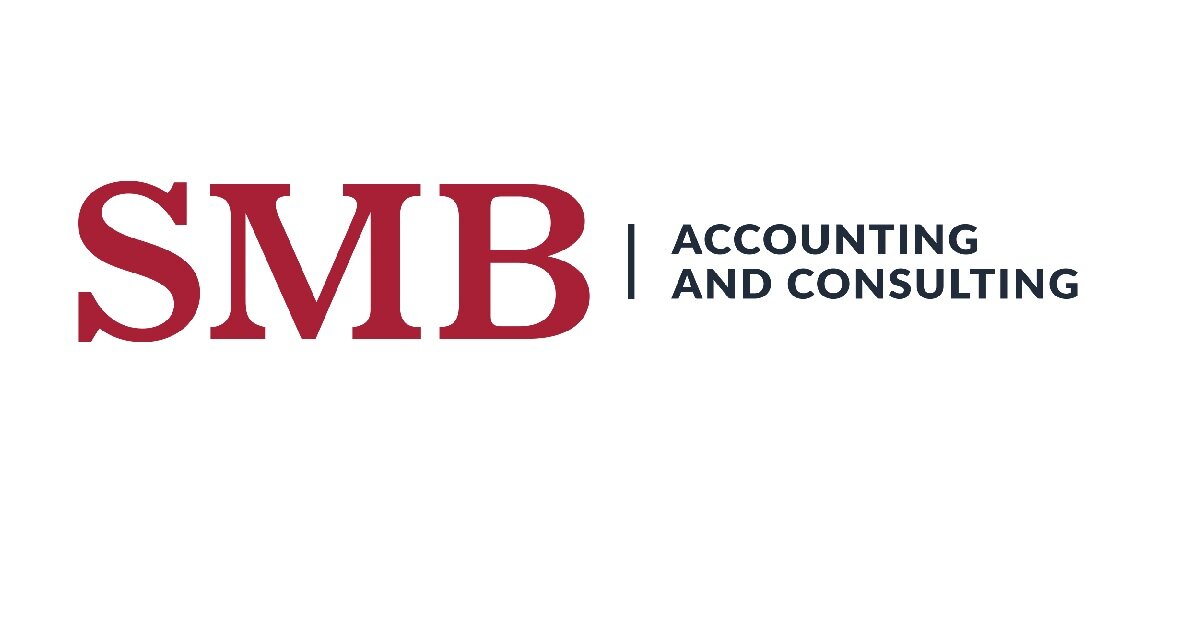Matching Bank Feeds in QuickBooks
In QuickBooks Online and Desktop, the Bank Feed is a nifty tool for importing transactions directly from your bank. Each transaction that the bank processes will show up in QuickBooks for you to categorize into the proper Income, Expense, or Balance Sheet account.
What happens when a transaction in your Bank Feed has already been recorded directly through QuickBooks, like invoices you added to Accounts Receivable or a bill you wanted to show in Accounts Payable? These transactions will already show on your Balance Sheet and Profit and Loss Statement. If you were to simply “Add” a transaction from the Bank Feed that was already input through different means, that transaction will be duplicated, showing either an extra expense or extra income. Doing this just once or twice is enough to skew a company’s financials but repeated over time these duplicate transactions can have a drastic impact on the net income of a company.
Luckily, QuickBooks has a simple solution to this problem. It’s called the Match Tool. When categorizing your Bank Feed, you may see some transactions that say “Match” rather than “Add.” This is QuickBooks recognizing that the transaction may be a duplicate and bringing it to your attention. You can verify that QuickBooks is matching the correct transactions to each other and click the “Match” button in order to clear the transaction from the Bank Feed without duplicating the expense.
You can also match transactions that QuickBooks doesn’t automatically recognize as being a duplicate. In the Bank Feed in QuickBooks Online, when you click on a transaction, you will see four options at the top of the box that opens- “Categorize,” “Find match,” “Record as transfer,” and “Record as credit card expense.” Choose “Find match” and a screen will open for you to search for the previously recorded transaction. Search for and select the transaction it needs to be matched to and click the green “Save” button in the bottom right corner. The transaction will then clear out of the Bank Feed without duplicating any money in or out of the company.
Let’s look at an example. If you transferred $100 from the Business Checking account to the Business Savings account, the transaction would show up in both Bank Feeds. You would see $100 leaving the Checking account and $100 entering the Savings. When you categorize the $100 out of the Checking account as a transfer to Savings, the Balance Sheet will show the Checking account balance go down by $100 and the Savings account balance go up by $100. If you then add the $100 deposit in the Savings Bank Feed without matching, it will make the Savings account balance go up another $100, making it a net rise of $200. If you instead choose the “Match” option when looking at the transaction in your Savings Bank Feed, QuickBooks will know that it has already recognized the $100 increase to the Savings account balance and will clear the transaction from the Bank Feed without further adjusting the Savings account balance.

